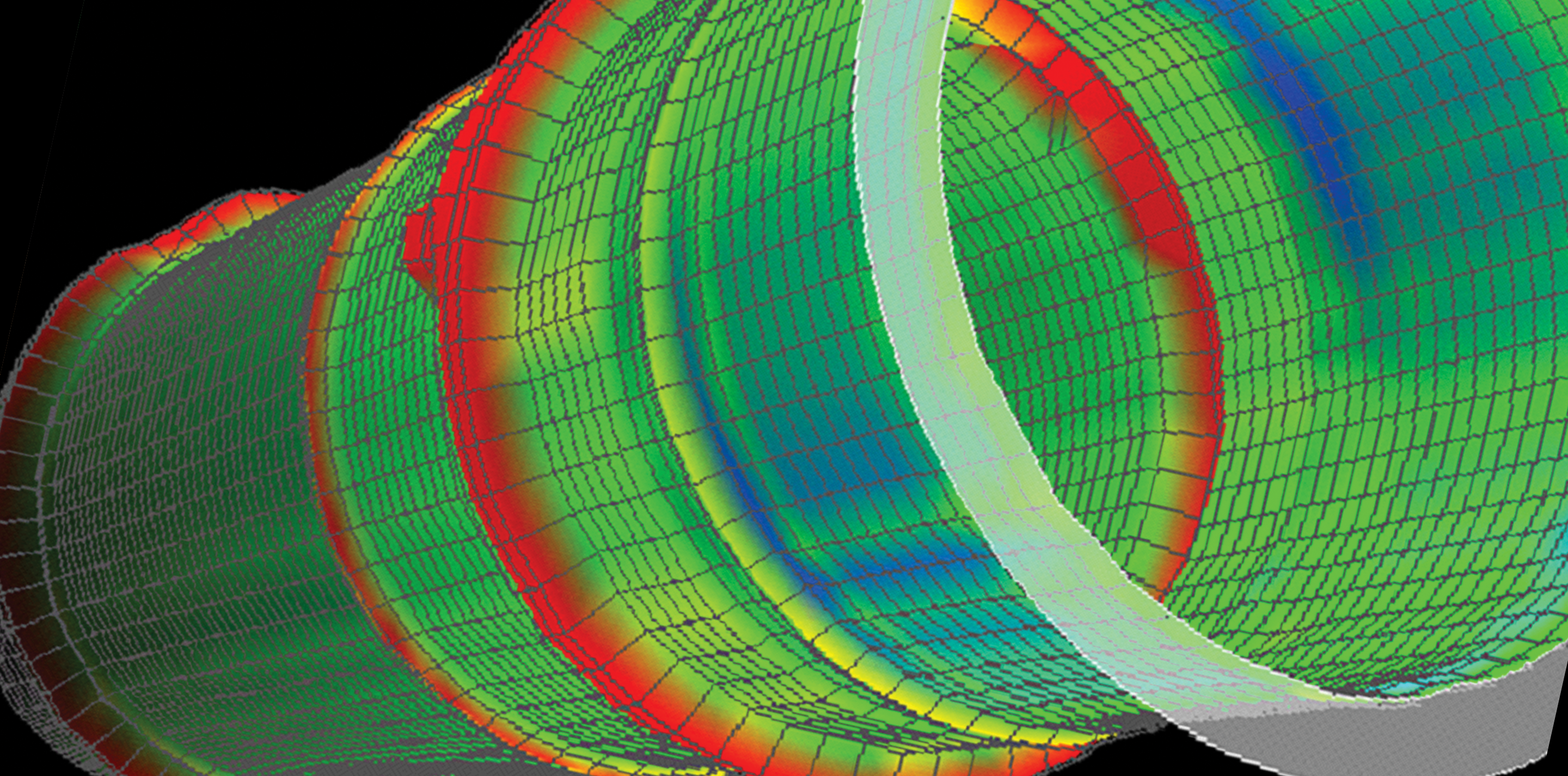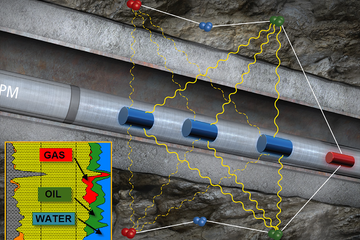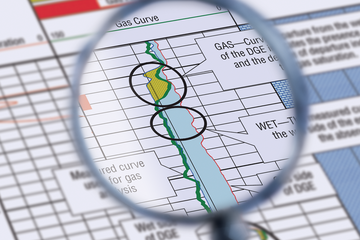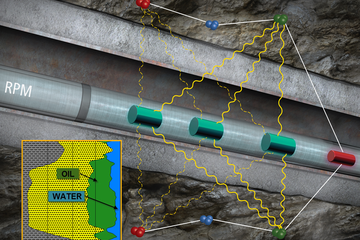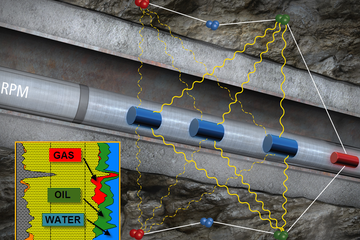Once your wells are cased, conventional openhole logging tools cannot give you the critical reservoir insights you need to optimize production. Cased-Hole Formation Evaluation services from Baker Hughes offer advanced, wireline-deployed tools and analysis to clearly identify hydrocarbon saturation behind the casing.
Detailed insight through the casing
Enhance your long-term reservoir management with services like the Baker Hughes Reservoir Performance Monitor™ (RPM™). Using an advanced pulsed neutron tool, the RPM can be deployed to provide a full range of evaluation services, including quantitative hydrocarbon saturation in low-, mixed-, or high-salinity reservoirs; gas and three-phase formation fluid saturations; and lithology for hydraulic fracturing optimization, to name a few.
And our Spectral Pulsed Neutron (SPN) service differentiates between water-bearing and hydrocarbon-bearing formations to identify bypassed or partially drained areas in your reservoir. Pulsed neutron analysis can also emulate the formation properties—porosity, density and resistivity, and hydrocarbon type—necessary to optimize your perforating and completion programs.
Our cased-hole evaluation services give you the information you need to improve your well development planning in several key ways.
- Optimize your hydrocarbon recovery—from a single cased well or across an entire field
- Refine your reservoir models with periodic monitoring of reservoir fluid saturations and gas/oil/water contact levels
- Improve your decision-making in areas ranging from daily wellsite operations to initiating secondary or tertiary recovery
- Avoid premature well or field abandonment by identifying hydrocarbons that can be economically extracted from the reservoir
Contact us to learn how cased-hole formation evaluation services from Baker Hughes can help you improve your reservoir development decisions.


